-
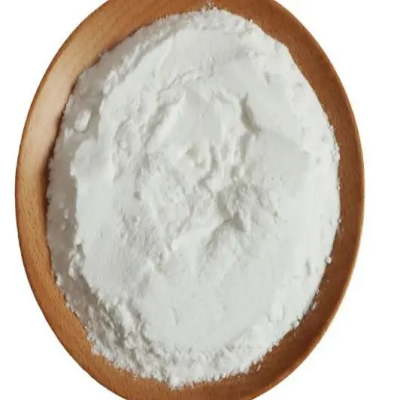
Fmoc-Orn(2-Cl-Z)-OH CAS:198561-86-3
Fmoc-Orn(2-Cl-Z)-OH is a crucial compound in peptide synthesis, featuring the Fmoc (9-fluorenylmethoxycarbonyl) protecting group and the 2-Cl-Z (2-chlorobenzyloxycarbonyl) protecting group. This white to off-white crystalline solid serves as an essential building block for creating peptides with specific sequences. Its high purity and compatibility with solid-phase peptide synthesis methods make it invaluable for researchers and professionals in pharmaceuticals, biochemistry, and biotechnology.
-
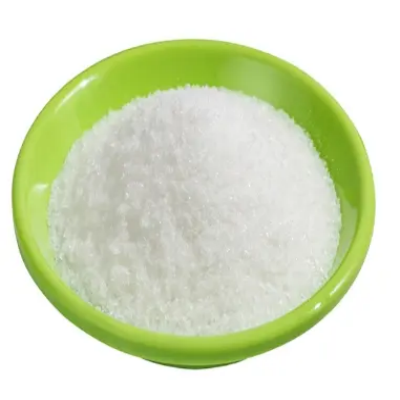
Fmoc-Phe-OSu CAS:101214-43-1
Fmoc-Phe-OSu is a significant compound in peptide chemistry, featuring the Fmoc (9-fluorenylmethoxycarbonyl) protecting group and the OSu (N-hydroxysuccinimide) ester functionality. This white to off-white crystalline solid is an essential reagent for peptide coupling and bioconjugation. Its high purity and compatibility with solid-phase peptide synthesis methods make it invaluable for researchers and professionals in pharmaceuticals, biochemistry, and biotechnology.
-

Fmoc-D-Phe-OH CAS:86123-10-6
Fmoc-D-Phe-OH is a crucial compound in peptide synthesis, featuring the Fmoc (9-fluorenylmethoxycarbonyl) protecting group. This white to off-white crystalline solid serves as an essential building block for creating peptides with specific sequences. Its high purity and compatibility with solid-phase peptide synthesis methods make it invaluable for researchers and professionals in pharmaceuticals, biochemistry, and biotechnology.
-
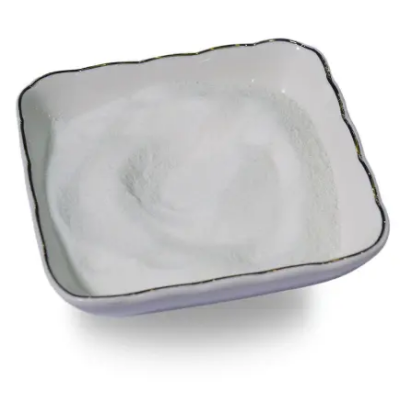
Fmoc-D-Pro-OH CAS:101555-62-8
Fmoc-D-Pro-OH is a key compound in peptide synthesis, featuring the Fmoc (9-fluorenylmethoxycarbonyl) protecting group and the D-configuration of proline. This white to off-white crystalline solid serves as a crucial building block for creating peptides with specific sequences. Its high purity and compatibility with solid-phase peptide synthesis methods make it indispensable for researchers and professionals in pharmaceuticals, biochemistry, and biotechnology.
-

Fmoc-Phe-OH CAS:35661-40-6
Fmoc-Phe-OH is a vital compound in peptide synthesis, featuring the Fmoc (9-fluorenylmethoxycarbonyl) protecting group. As a white to off-white crystalline solid, it serves as an essential building block for creating peptides with specific sequences. Its high purity and compatibility with solid-phase peptide synthesis methods make it invaluable for researchers and professionals in pharmaceuticals, biochemistry, and biotechnology.
-
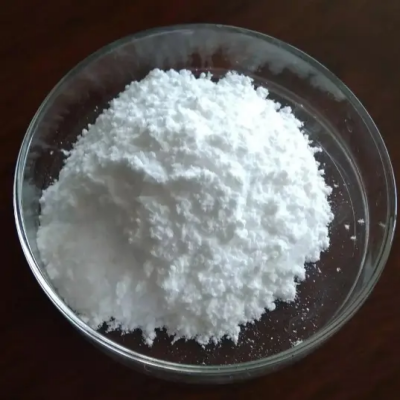
diethylcyanidophosphate CAS:2942-58-7
Diethylcyanidophosphate is a chemical compound with the molecular formula C5H12N3O2P. It is known for its applications as an important intermediate in organic synthesis, particularly in the production of various phosphorus-containing compounds. Its distinctive structure and reactivity make it valuable in the field of organic chemistry.
-
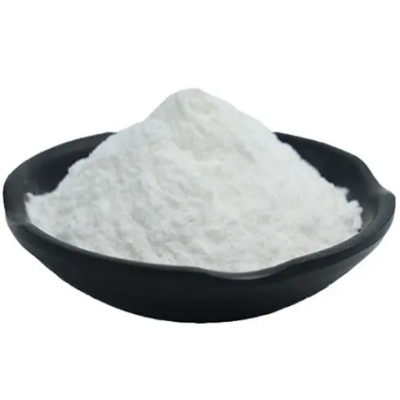
ETHYL4-METHYL-4-PENTENOATE CAS:4911-54-0
Ethyl 4-methyl-4-pentenoate is a chemical compound with the molecular formula C7H12O2. It is commonly utilized as a versatile building block in organic synthesis, particularly in the creation of flavor and fragrance compounds. This compound’s reactivity and distinctive structure make it valuable in the field of organic chemistry.
-

Ethyl2-bromothiazole-4-carboxylate CAS:100367-77-9
Ethyl 2-bromothiazole-4-carboxylate is a chemical compound with the molecular formula C7H6BrNO2S. It is known for its applications as a versatile intermediate in organic synthesis. This compound plays a significant role in various chemical reactions, particularly in the preparation of pharmaceuticals, agrochemicals, and specialty chemicals. Its unique structure and reactivity make it a valuable component in the field of organic chemistry.
-

Tris-(2-cyanoethyl)-phosphine CAS:4023-53-4
Tris-(2-cyanoethyl)-phosphine is a chemical compound with the molecular formula C9H15N3P. This compound is recognized for its applications as a versatile reagent and intermediate in organic synthesis, particularly in the preparation of various phosphorus-containing compounds. Its distinctive structure and reactivity make it valuable in the field of organic chemistry.
-
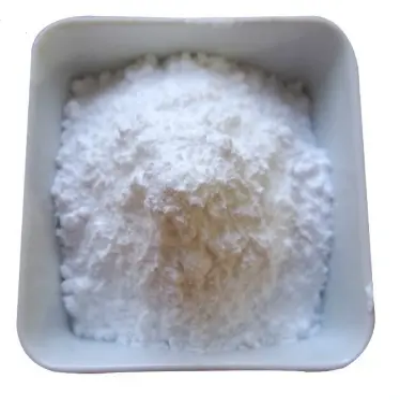
4-HYDROXY-2-(TRIFLUOROMETHYL)QUINOLINE CAS:1701-18-4
4-Hydroxy-2-(trifluoromethyl)quinoline is a chemical compound with the molecular formula C10H6F3NO. It is recognized for its applications as a key intermediate in organic synthesis. This compound is utilized in diverse chemical reactions, particularly in the preparation of pharmaceuticals, agrochemicals, and specialty chemicals. Its unique structure and reactivity make it valuable in the field of organic chemistry.
-
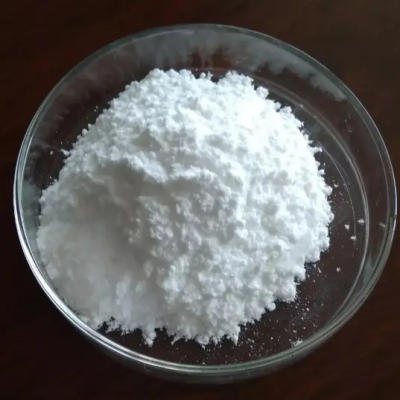
4-Chloro-6-fluoro-2-methylquinoline CAS:18529-01-6
4-Chloro-6-fluoro-2-methylquinoline is a chemical compound with the molecular formula C10H7ClFN. This compound serves as a key intermediate in organic synthesis, particularly in the creation of diverse pharmaceutical and agrochemical compounds. Its unique structure and reactivity make it valuable in the field of organic chemistry.
-

7-Bromoquinolin-8-ol CAS:13019-32-4
7-Bromoquinolin-8-ol is a chemical compound with the molecular formula C9H6BrNO. It is recognized for its applications as a versatile building block in organic synthesis. This compound is utilized in various chemical reactions, particularly in the preparation of pharmaceuticals, agrochemicals, and specialty chemicals. Its unique structure and reactivity make it valuable in the field of organic chemistry.

